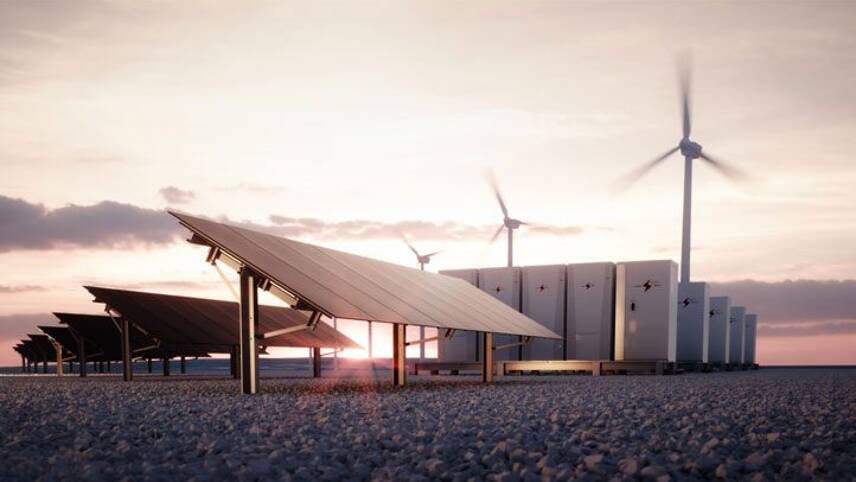Register for free and continue reading
Join our growing army of changemakers and get unlimited access to our premium content

The UK currently ranks last on green spending out of the five biggest Western European economies.
New figures from Energy Networks Association (ENA) revealed that 1.6GW of local grid flexibility solutions and enablers have been contracted since the beginning of 2021. This is a 45% increase on the whole of 2020, which saw 1.1GW contracted.
The 1.6GW of new grid flexibility will assist electricity networks during peak periods and the ENA claims the capacity is the equivalent of connecting 32,000 rapid 50kW EV chargers to the grid.
The ENA’s director of innovation and electricity systems Randolph Brazier said: “Local flexibility services are a relatively new market but one that has seen an incredible growth over the past three years alone in Britain. Breaking the previous record for flexibility after only seven months of this year is great news for customers and great news for net-zero.
“This is only the tip of the iceberg… We’re continuing to power forward, further and faster – in line with Government’s Ten Point Plan and Climate Change Committee targets – to make sure that customers across the country can see the benefits that smarter, more flexible energy networks can bring.”
Figures from the Government’s own Smart Systems and Flexibility Plan found that grid flexibility could reduce annual energy systems costs by £10bn annually by 2050, while also creating 24,000 jobs.
Elsewhere, the Carbon Trust reports that embedding flexibility across power, heat and transport will be necessary to reduce the cost of the low-carbon transition – and will reduce operational costs as well as upfront costs. If properly embedded and scaled, flexible technologies including batteries and low-carbon peaking plants could cut up to £16.7bn off of annual bills by 2050.
Renewables record
The data arrives just days after Government statistics revealed that fossil fuel generation plummeted to new lows in 2020 as demand dipped due to Covid-19 restrictions affecting the transport sector.
the Department for Business, Energy and Industrial Strategy’s (BEIS) latest Digest of UK Energy Statistics (DUKES) provides a comprehensive overview in energy trends last year, tracking how investment, generation and consumption were affected by three national lockdowns. It follows on from unofficial estimates which, broadly, produced similar figures.
The Digest reveals that the proportion of fossil fuels in the energy mix reached a record low in 2020, dropping to 37.7%. In comparison, the proportion was 75.4% in 2010. Most of this portion was accounted for by natural gas; coal’s proportion dropped to just 1.8%. In comparison, coal’s share was 28.2% in 2010.
At the same time, the proportion of the energy mix accounted for by renewables reached a record 43.1%. BEIS has stated that 2020 marked the first time that proportional growth of renewables outpaced that of fossil fuels. When nuclear and other low-carbon energies are added, 59.3% of the generation mix is accounted for.
However, green groups are seeking more clarity on how the Government will decarbonise and improve flexibility to reach net-zero carbon by 2050. Last month, the Climate Change Committee (CCC) warned the Government that it does not currently have a coherent plan to reduce emissions this decade.
Matt Mace


Please login or Register to leave a comment.